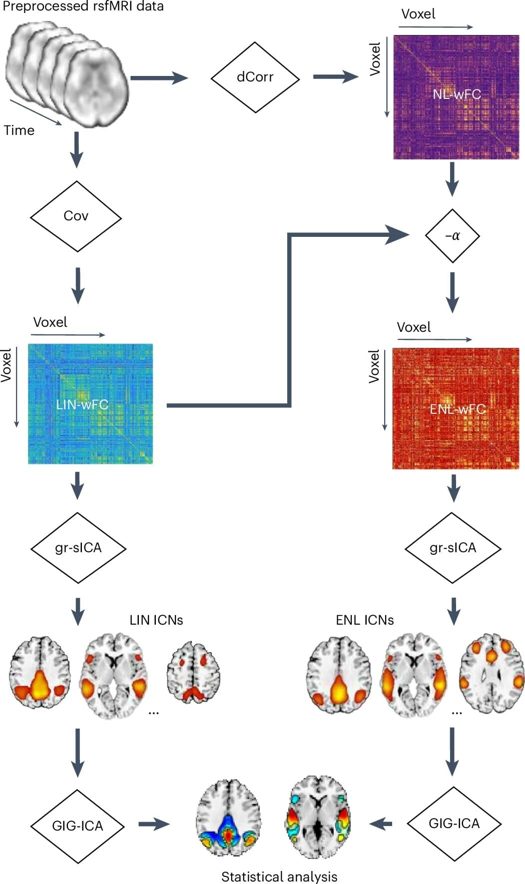Signs of schizophrenia were identified using fMRI technology.
Schizophrenia is a severe mental disorder, and its causes are not fully understood. Individuals suffering from schizophrenia face cognitive and emotional disturbances such as an inability to experience pleasure, lack of motivation (negative symptoms), disorganized thinking, delusions, and hallucinations (positive symptoms).
Diagnosing brain function impairments at various levels is challenging. Traditional diagnostic methods, such as magnetic resonance imaging (MRI)—a visualization technique using magnetic fields and radio waves—do not cover the entire area under study. While MRI data do not provide clear specific markers of the disease, they can reveal characteristic structural and functional changes associated with mental disorders.
Research findings published in the journal Nature Mental Health change the landscape: an innovative method based on analyzing data obtained from functional magnetic resonance imaging (fMRI) has unveiled the processes of changes in large-scale (or internal) brain networks in schizophrenia.
To recall, fMRI is a visualization method that employs strong magnetic fields to measure changes in blood oxygen levels in different brain regions, allowing for the assessment of neuron activity in response to specific tasks or at rest. However, since the brain is an extraordinarily complex system, many of its functions may be linked to interactions that remain beyond the scientists' view.
Now, to uncover previously unknown connections between brain regions, a research team led by Spencer Kinsey applied independent component analysis (ICA)—a method used to separate data into their independent components. This approach successfully identified unique internal nonlinear networks in the brain associated with schizophrenia.

The results indicated that the networks identified using the new method reflect differences between patients with schizophrenia and healthy individuals (the control group) that cannot be detected through traditional neuroimaging techniques.
Thus, the research team discovered structured spatial patterns that could reveal the fundamentals of brain network functioning.
This discovery gradually brings scientists closer to identifying a potential biomarker for schizophrenia and may lead to a reevaluation of the current understanding of mental disorders, as well as improved diagnostic and treatment methods.